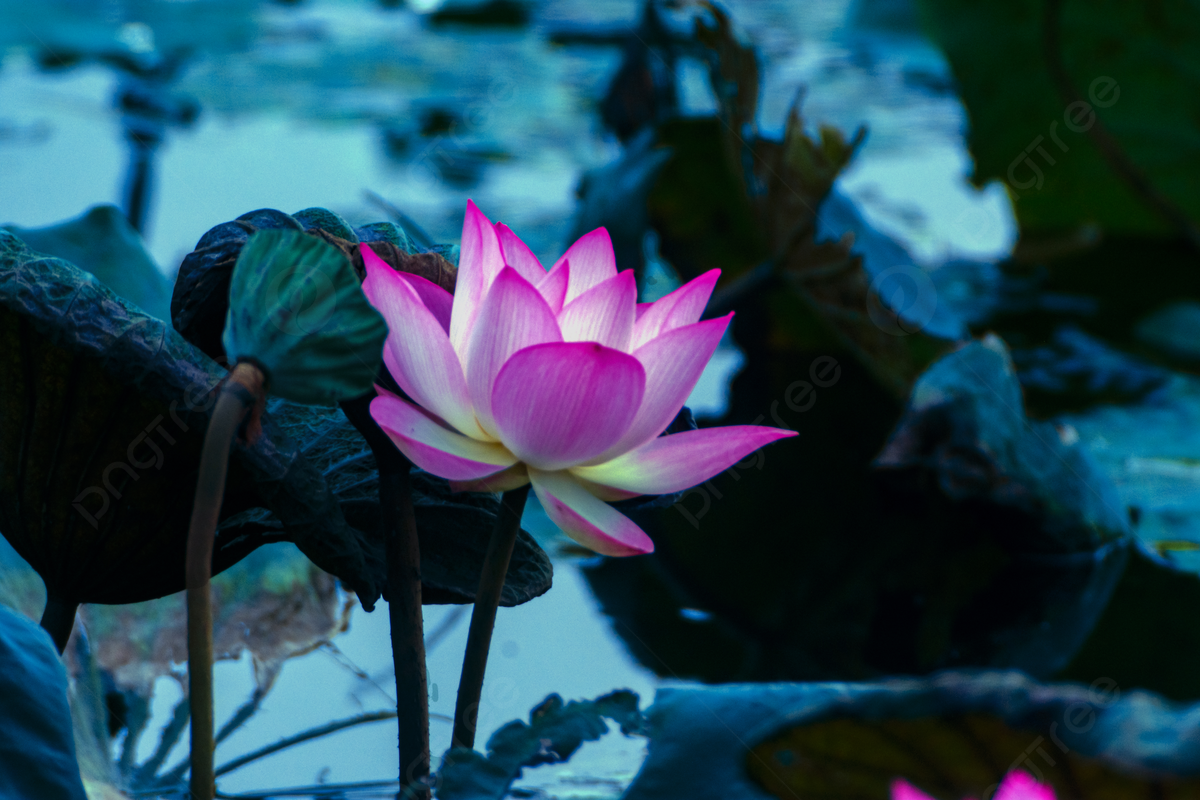Teratai, also known as water lilies, teratai are aquatic marvels that have captured the hearts of nature enthusiasts and artists alike. These delicate and mesmerizing flowers grace the serene waters of ponds, lakes, and marshes, adding an enchanting touch to aquatic ecosystems worldwide.
1. A Splash of Elegance: Teratai, with their exquisite petals and vibrant colors, are a sight to behold. They float gracefully on the water’s surface, creating a picturesque scene that has inspired poets, painters, and photographers for centuries. Their beauty is not limited to their appearance; their fragrance, often described as subtle and alluring, adds to the sensory delight of encountering these flowers.
2. Symbolism and Cultural Significance: Teratai holds significant cultural symbolism in various parts of the world. In many Asian cultures, including India and Thailand, they are associated with purity, enlightenment, and divine beauty. In ancient Egypt, they symbolized rebirth and the sun’s journey across the sky. The symbolism of teratai varies, but it often carries positive connotations related to growth, transformation, and transcendence.
3. Ecological Importance: Beyond their visual appeal, teratai play a vital role in maintaining the health of aquatic ecosystems. Their floating leaves provide shade, reducing water temperatures and preventing excessive algae growth. Fish and aquatic creatures find refuge in the underwater stems and leaves, and insects are drawn to the nectar-rich flowers. Teratai thus contribute to biodiversity by creating a habitat for various species.
